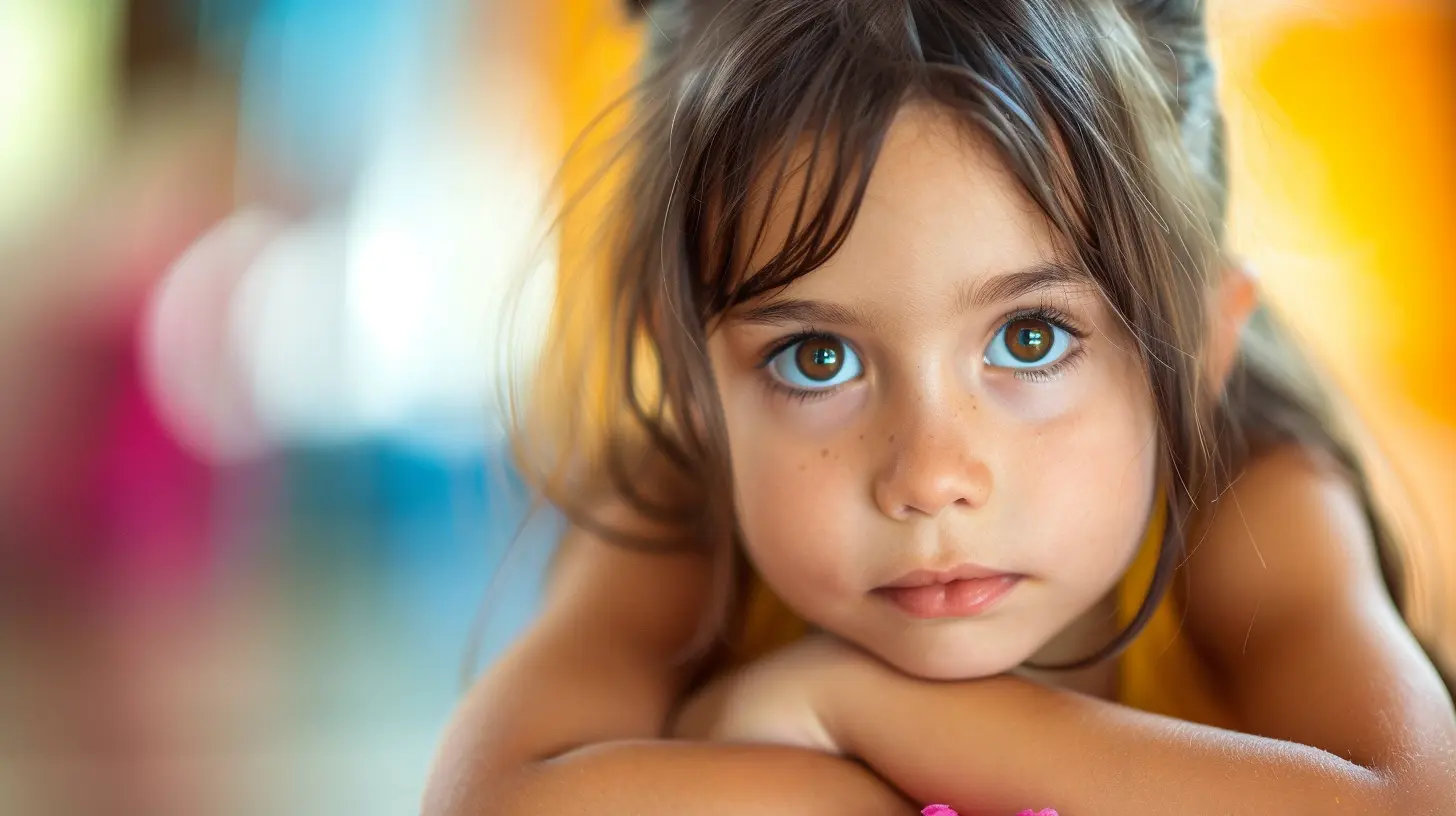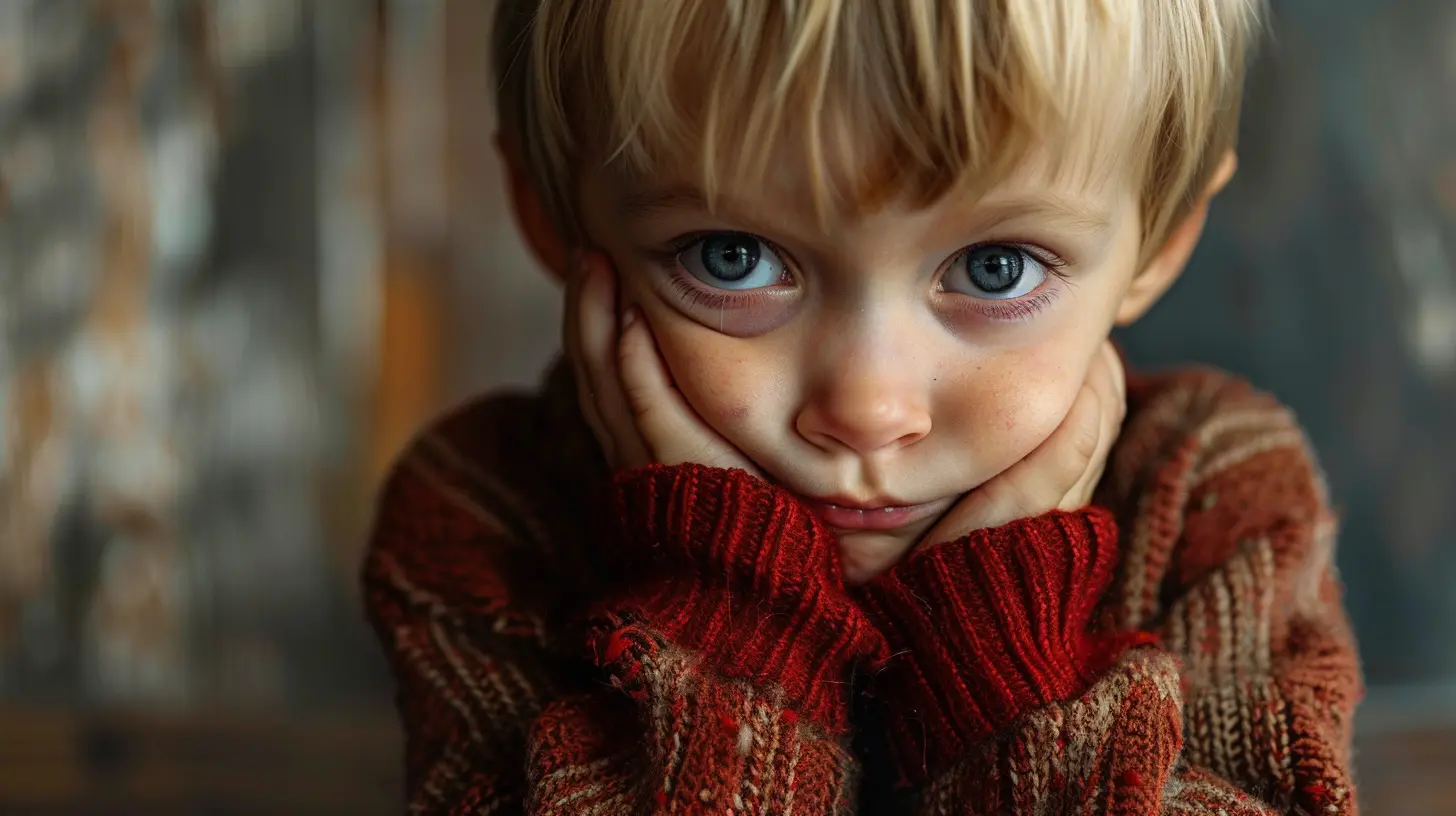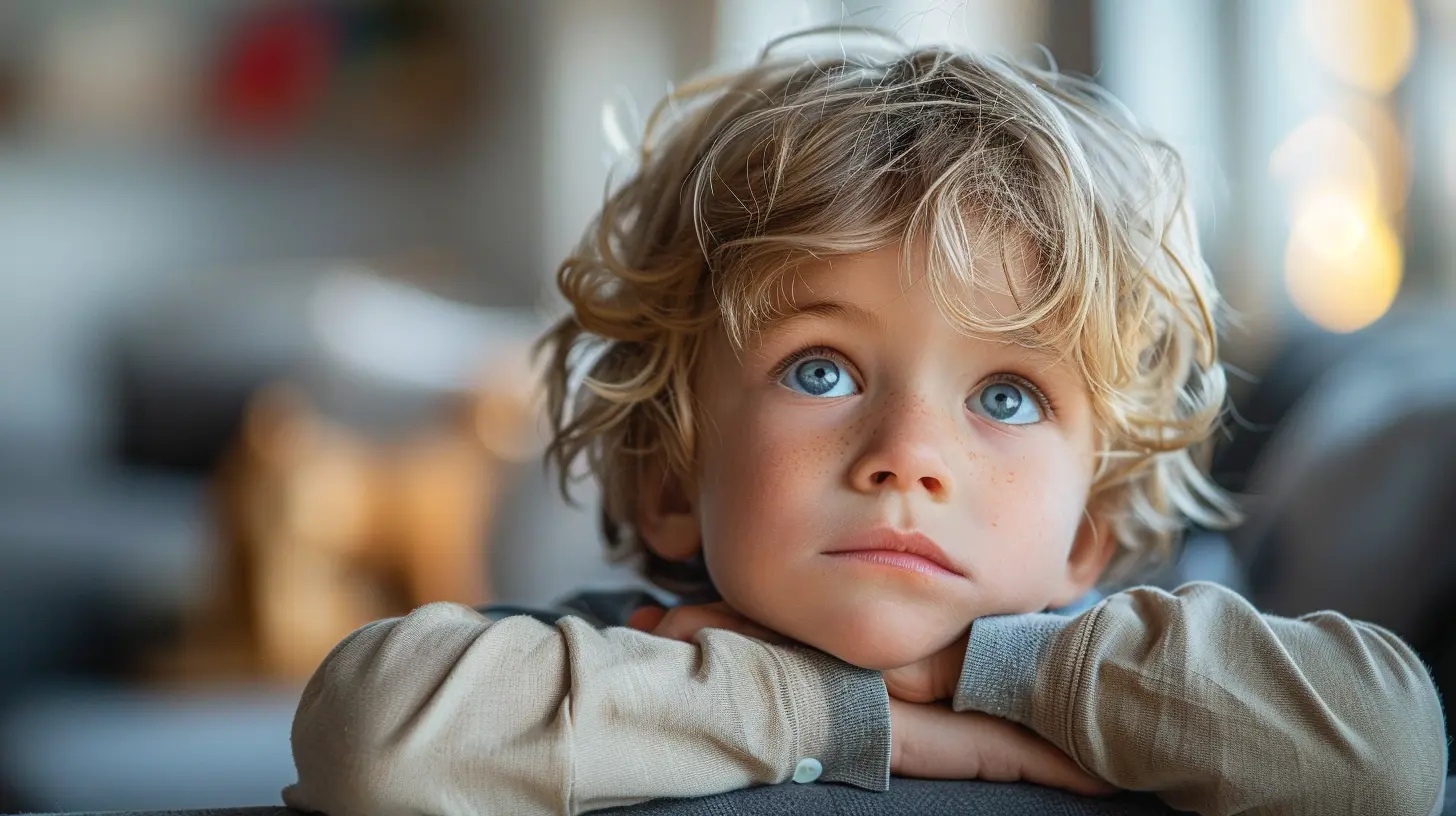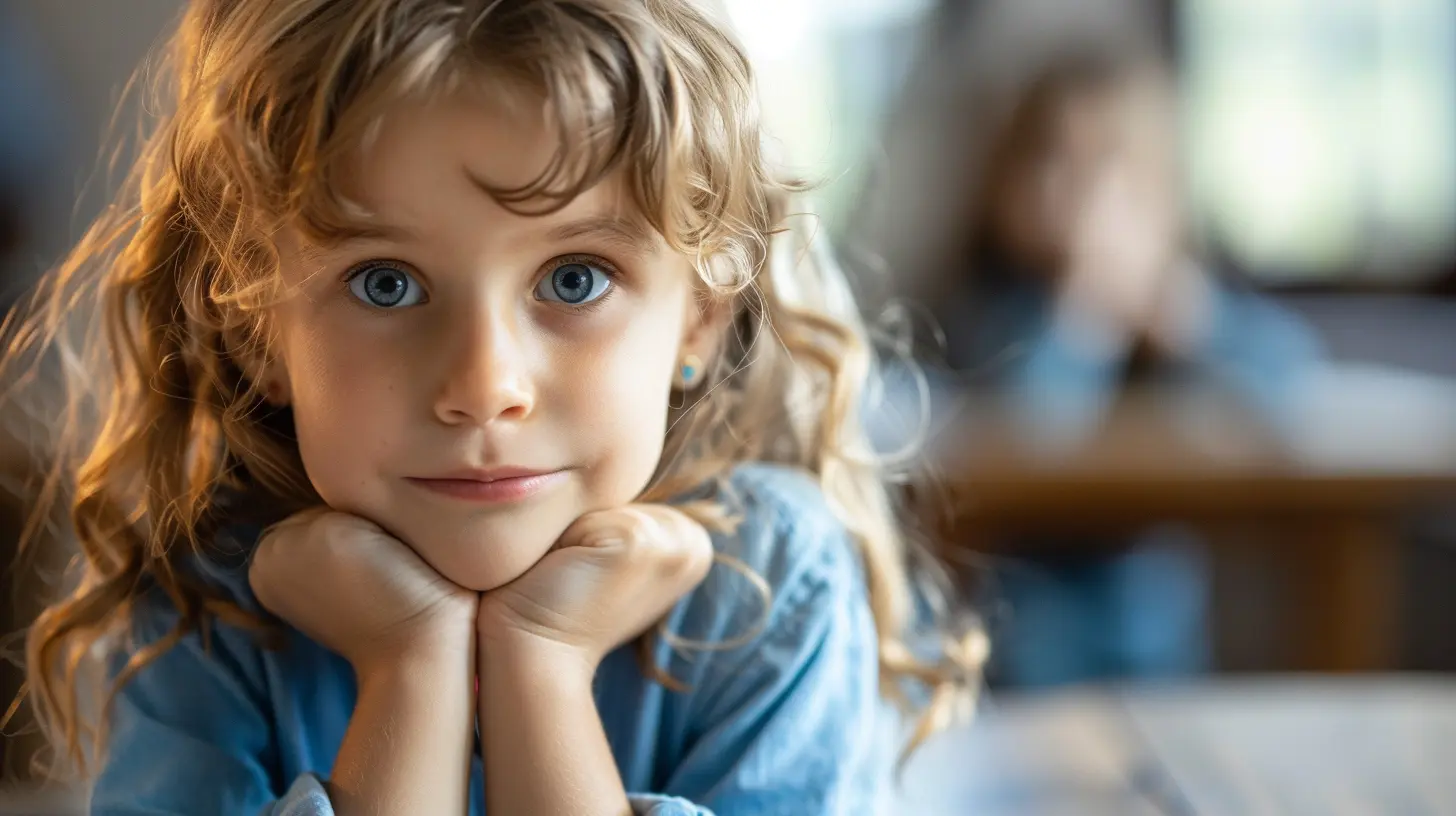14 March 2025
Emotional development in early childhood is a magical, yet complex journey. It’s like watching a tiny seed slowly bloom into a vibrant flower, with every petal representing a new feeling or skill. If you’re a parent, caregiver, or just someone interested in how little humans grow emotionally, you’ve probably asked yourself: How does it all happen? How do children learn to express, manage, and understand their emotions?
In this article, we'll dive deep into this fascinating topic, unpacking the stages of emotional development, the role of caregivers, how to support young children, and so much more. So, grab a cup of coffee (or tea), and let’s explore the wonderland of early childhood emotional growth.
What Is Emotional Development in Early Childhood?
First things first—what exactly is emotional development? Simply put, it’s how kids learn to understand, express, and manage their emotions while building relationships with those around them.Think of it like learning a new language. At first, babies cry, coo, and smile—these are their “words.” Over time, they pick up the “grammar” of emotions: recognizing feelings in others, expressing empathy, and self-regulating their reactions. By the time they’re heading to kindergarten, they’re little emotional linguists (okay, maybe not fluently, but they’re getting there!).
Why Is Emotional Development Important?
You might be wondering: Why does emotional development matter so much? Can’t kids just “figure it out” as they grow?Well, not quite. Emotional development lays the foundation for a child’s mental health, social skills, and even their success later in life. It’s the emotional toolkit that helps them navigate challenges, build relationships, and feel good about themselves.
Think of it this way: If cognitive development is the engine that drives a child’s learning, emotional development is the oil that keeps everything running smoothly. Without it, the whole system can grind to a halt.
The Stages of Emotional Development in Early Childhood
Emotional development doesn’t happen all at once—it’s an ongoing process. Let’s break it down into stages to see how it unfolds.1. Infancy (0–12 Months): The Foundation Stage
During the first year of life, babies are emotional sponges. They may not be able to speak, but they sure know how to feel! In this stage, emotions are simple: joy, anger, sadness, and fear. Babies express these feelings through crying, laughing, and making all those adorable baby noises.How does this stage work? It’s all about attachment. When caregivers respond to a baby’s needs with love and consistency, the baby develops a sense of trust. This secure attachment becomes the foundation for all future emotional growth.
2. Toddlerhood (1–3 Years): The "Big Feelings" Phase
Ah, toddlerhood—the age of tantrums and “No, I do it!” moments. This is when kids start to experience a wider range of emotions, like frustration, shame, and pride. But here’s the kicker: they don’t yet know how to manage these feelings.Imagine a soda can being shaken up and then popped open. That’s a toddler’s emotional world in a nutshell. They feel everything big—and they’ll let you know about it! This is also when they start to show empathy, like offering their favorite toy when you look sad (cue the “aww!”).
3. Preschool Age (3–5 Years): Emotional Awareness
By the time kids hit preschool, they’re starting to develop emotional intelligence. They can name their feelings (“I’m mad!”), understand the feelings of others, and even begin to regulate their emotions (though meltdowns are still totally normal).This stage is huge for social-emotional skills. Kids learn to share, take turns, and resolve conflicts (or at least attempt to). It’s like they’re practicing for the emotional Olympics—repeating the same moves over and over until they get it right.
The Role of Caregivers: Why You Matter More Than You Think
Let’s get one thing straight: You, as a caregiver, play a massive role in a child’s emotional development. Think of yourself as the emotional mirror. Your child looks to you to figure out how to respond to their emotions and the world around them.When you show calmness during a tantrum or express empathy when they’re upset, you’re teaching them how to handle emotions. On the flip side, if a child grows up in an environment where emotions are ignored or punished, they may struggle to manage their feelings later in life.
So, what can you do to help? Here are a few tips:
1. Be Their Emotion Coach
Help your child name their emotions. For example, if they’re stomping their feet, you might say, “You seem really frustrated. Do you want to tell me what’s wrong?” This not only validates their feelings but also gives them the vocabulary to express themselves.2. Model Healthy Emotional Habits
Children are like little detectives—they’re constantly observing and mimicking your behavior. If you manage stress by yelling or shutting down, they might pick up the same coping mechanisms. Instead, model healthy habits like deep breathing, talking about your feelings, or taking a break when you’re overwhelmed.3. Create a Safe Emotional Space
Let your child know it’s okay to feel whatever they’re feeling, whether it’s sadness, anger, or even jealousy. The key is to guide them toward healthy ways of expressing those emotions.How to Support Emotional Development at Each Stage
So, what does emotional support look like in practical terms? Here’s a stage-by-stage guide:For Infants:
- Provide consistent care and cuddles to build trust.- Respond to their cries—they’re not “manipulating” you; they’re communicating.
- Make lots of eye contact and use a warm, soothing tone.
For Toddlers:
- Acknowledge their emotions, even during tantrums (“I know you’re upset because you can’t have the cookie right now.”).- Offer simple choices to give them a sense of control.
- Teach them basic calming techniques, like hugging a stuffed animal or taking a deep breath.
For Preschoolers:
- Encourage them to talk about their feelings.- Role-play social scenarios to help them practice empathy and conflict resolution.
- Read books about emotions (like The Color Monster or When Sophie Gets Angry—Really, Really Angry).
Red Flags: When to Seek Help
While most kids develop emotional skills on their own timeline, there are times when extra support might be needed. Here are some signs to watch for:- Difficulty forming attachments or showing affection.
- Extreme difficulty regulating emotions (e.g., prolonged tantrums beyond the age of 4–5).
- Persistent withdrawal or lack of interest in social interactions.
- Aggressive behavior that doesn’t improve with guidance.
If you’re concerned, don’t hesitate to reach out to a pediatrician or child psychologist. Early intervention can make a world of difference.
Wrapping It All Up
Emotional development in early childhood is a beautiful and sometimes challenging process. It’s not always smooth sailing—there will be tantrums, tears, and tough moments. But it’s also incredibly rewarding. Watching a child grow into an emotionally aware, empathetic little human is one of life’s greatest joys.Remember, as a caregiver, you’re not expected to be perfect. You’re learning and growing, too. Just show up with love, patience, and a willingness to learn alongside your child. And hey, if all else fails, there’s always chocolate (for you, not the toddler!).







Kaitlyn Forbes
Great insights on emotional development! Understanding these stages is crucial for fostering healthy childhood growth.
April 1, 2025 at 3:06 AM